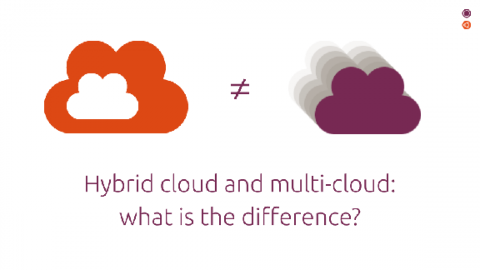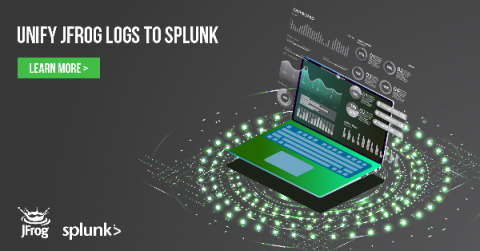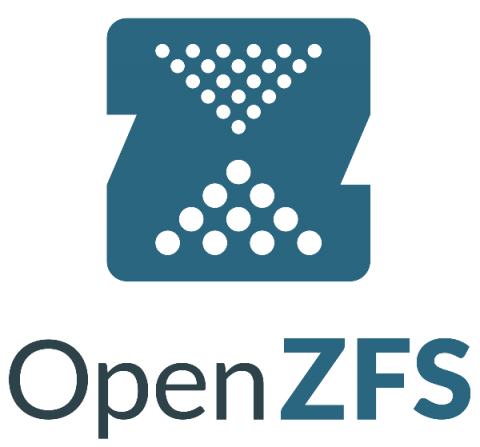How to Add Incident Alert Management to Your DevOps Pipeline
DevOps pipelines enable teams to implement continuous software development processes, often by using automation and collaboration tooling. The overall goal is to quickly release software products, updates, and fixes. To ensure a DevOps pipeline works well, teams add management and monitoring tooling to the pipeline. This includes incident alert management, which supports the team’s efforts in monitoring the security of various software and environment components.











